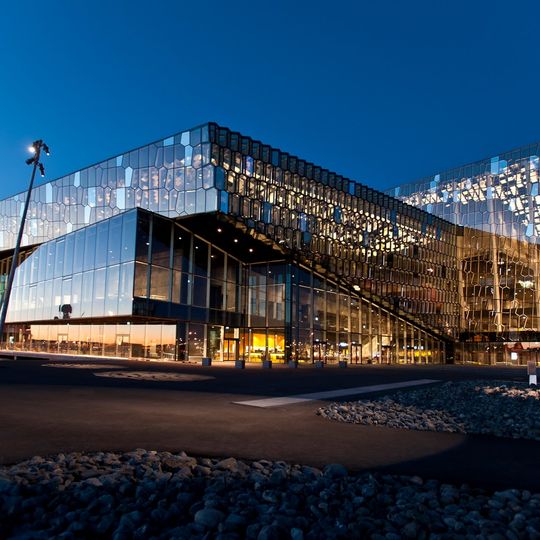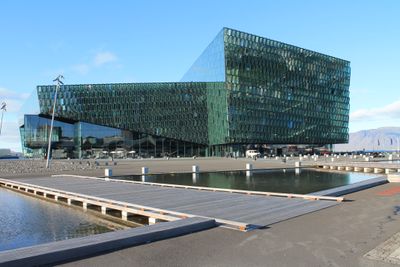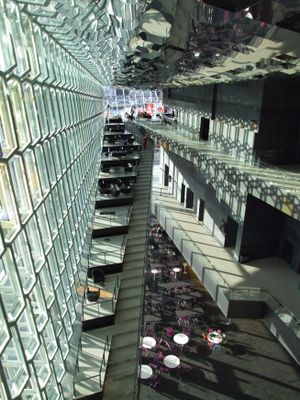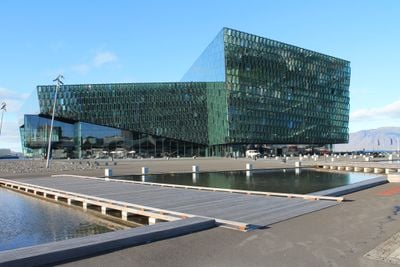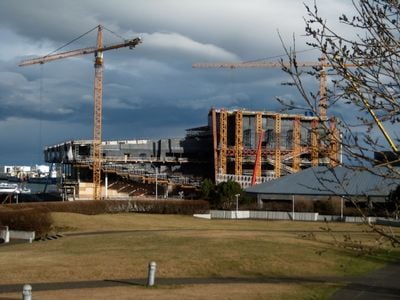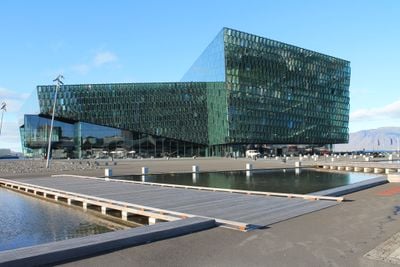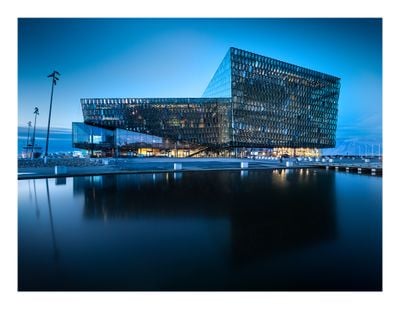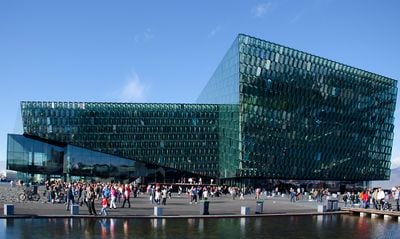Harpa, Concert hall in Reykjavík, Iceland
Harpa is a concert hall in Reykjavík, Iceland, with a facade made of 714 geometric glass panels that face the harbor and are lit by LEDs. The illuminated panels create a light display visible from many parts of the city.
Construction began in 2007 but was interrupted during the Icelandic financial crisis of 2008. The government took over full funding to complete the project as a symbol of the country's economic recovery, and the hall opened in 2011.
The Iceland Symphony Orchestra and other local ensembles regularly appear in the Eldborg Hall, blending Nordic sounds with modern compositions. The building serves as a central meeting point for musicians and visitors from across the country.
Guided tours of the building take place daily and show the interior spaces. Several restaurants and a shop are accessible without a ticket, so visitors can drop by outside concert times.
Danish-Icelandic artist Olafur Eliasson designed the glass facade to reproduce the basalt formations of Iceland and harness natural light. The reflections change according to the time of day and season.
Location: Reykjavík
Inception: 2011
Architects: Ólafur Elíasson
Official opening: May 13, 2011
Architectural style: contemporary architecture, high-tech architecture
Address: Austurbakki 2, 101 Reykjavík
Opening Hours: Monday-Tuesday 10:00-18:00; Wednesday-Saturday 10:00-20:00; Sunday 10:00-18:00
Phone: +3545285050
Website: https://harpa.is
GPS coordinates: 64.15028,-21.93250
Latest update: December 5, 2025 22:23
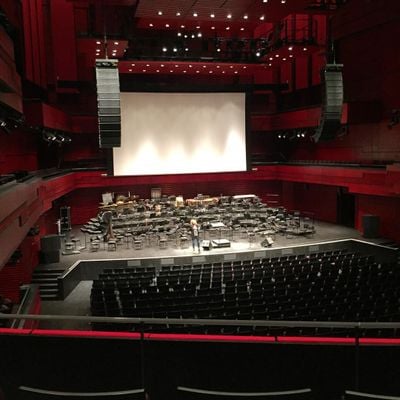

20th and 21st-century architecture has transformed city centers with structures that push engineering boundaries. Observation towers like the Seattle Space Needle and experimental residential complexes like Habitat 67 in Montreal demonstrate the evolution of construction techniques. Architects have...
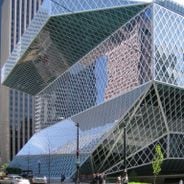
Postmodern architecture emerged in the 1970s as a response to the rigid principles of modernism, reintroducing color, ornament, and historical references into contemporary building design. The movement evolved over decades, producing structures that challenge conventional forms and experiment with...
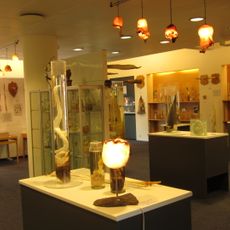
Icelandic Phallological Museum
256 m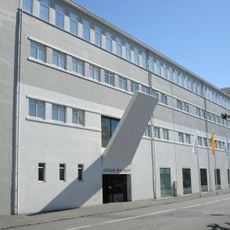
Reykjavik Art Museum
409 m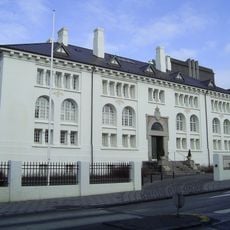
Culture House
318 m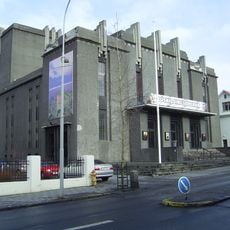
National Theatre of Iceland
344 m
Reykjavík Museum of Photography
458 m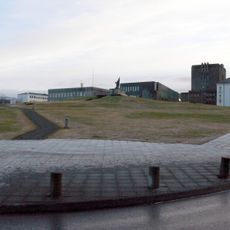
Arnarhóll
275 m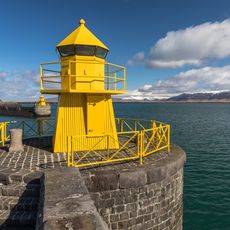
Reykjavík Ingólfsgarði Lighthouse
184 m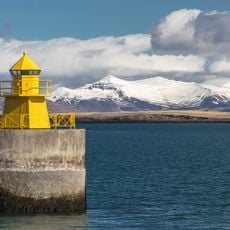
Reykjavík Norðurgarði Lighthouse
281 m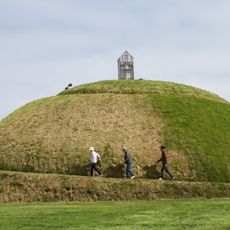
Þúfa
436 m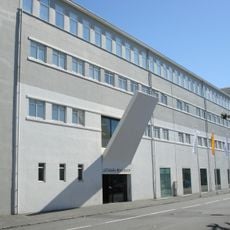
Hafnarhús
418 m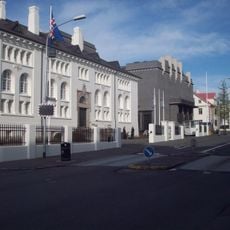
National Theatre of Iceland
344 m
Nullid
382 m
Sr. Friðrik og drengurinn
461 m
Hverfisgallerí
341 m
Minør
299 m
Vatnsberinn
406 m
Hannes Hafstein
373 m
King Christian IX of Denmark
340 m
Sellóspilarinn
74 m
Rætur
387 m
Bæjarins beztu pylsur
351 m
Facing the Sea
314 m
Hafnarsaga
288 m
Mural, Work of art
212 m
Work of art
444 m
Mural, Work of art
357 m
Work of art, sculpture
60 m
Work of art
292 mVisited this place? Tap the stars to rate it and share your experience / photos with the community! Try now! You can cancel it anytime.
Discover hidden gems everywhere you go!
From secret cafés to breathtaking viewpoints, skip the crowded tourist spots and find places that match your style. Our app makes it easy with voice search, smart filtering, route optimization, and insider tips from travelers worldwide. Download now for the complete mobile experience.

A unique approach to discovering new places❞
— Le Figaro
All the places worth exploring❞
— France Info
A tailor-made excursion in just a few clicks❞
— 20 Minutes
